In the rich tapestry of Viking tradition, runes stand as enduring emblems imbued with familial reverence—each rune, steeped in ancient mystique, hints at kinship, courage, and legacy sagas. From the noble Fehu, symbolizing prosperity and abundance, to the enigmatic Algiz, which provides luck and protection, every character embodies the essence of family ties. Raidho, the traveler’s mark, evokes the shared generational journey, while Ansuz, the divine messenger, channels the voice of ancestors. Families etch their stories through a runic script, invoking the spirits of their ancestors and inscribing their lineage upon the fabric of time.

The History of Viking Runes
Viking runes, also known as the runic alphabet, are characters used by the ancient Germanic peoples, including the Vikings, during the early Middle Ages. The runic alphabet likely originated around the 1st or 2nd century CE and was used throughout Germanic-speaking Europe, including Scandinavia, until the Latin alphabet gradually replaced it with the spread of Christianity.
The word “rune” itself comes from the Old Norse word “rún,” which means “mystery” or “secret.” The runic alphabet consists of individual characters, each representing a phonetic sound, much like the letters of the modern alphabet. However, runes also held symbolic and mystical significance beyond their basic phonetic values. They were often used for inscriptions on stones, wood, metalwork, and other objects, serving purposes ranging from mundane communication to magical spells and religious rituals.
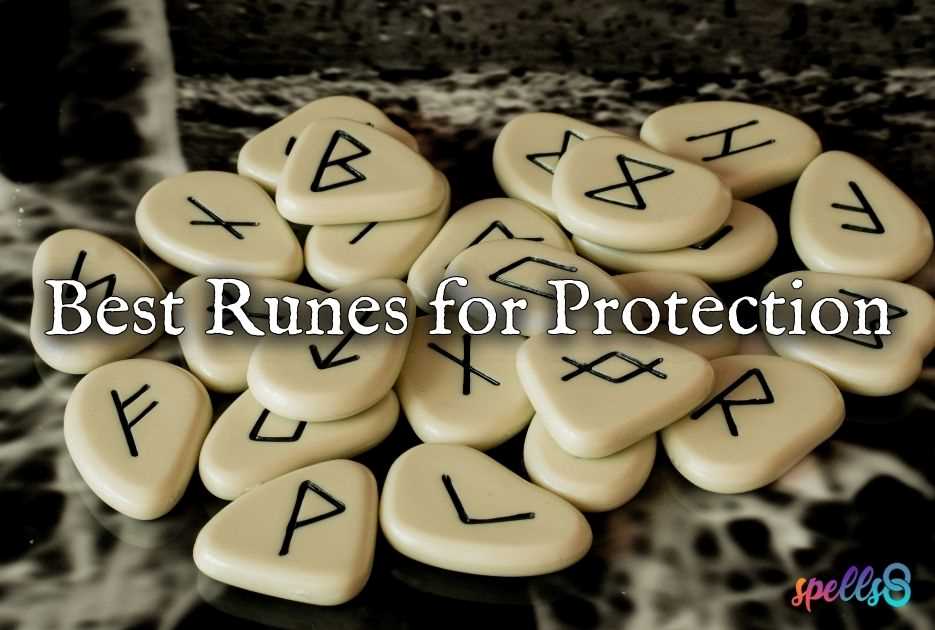
The runic alphabet underwent several variations over time, with different regional forms emerging in other parts of the Germanic world. The most well-known runic alphabet is the Elder Futhark, which consists of 24 characters and was primarily used by Germanic tribes before the Viking Age. Later, during the Viking Age (8th to 11th centuries), the Younger Futhark emerged, which consisted of only 16 characters and was predominantly used by the Norse peoples, including the Vikings.
Overall, Viking runes were a crucial aspect of Norse culture and communication, representing both practical writing systems and mystical symbols deeply intertwined with the beliefs and worldview of the Viking society.
The Viking Family
Viking families were structured and operated within the context of Norse society which was primarily agricultural and organized around kinship ties. Some key aspects of Viking families are:
1. Extended Families
Viking households typically consisted of extended families, including parents, children, grandparents, and sometimes other relatives. These families lived and worked together, sharing resources and responsibilities.
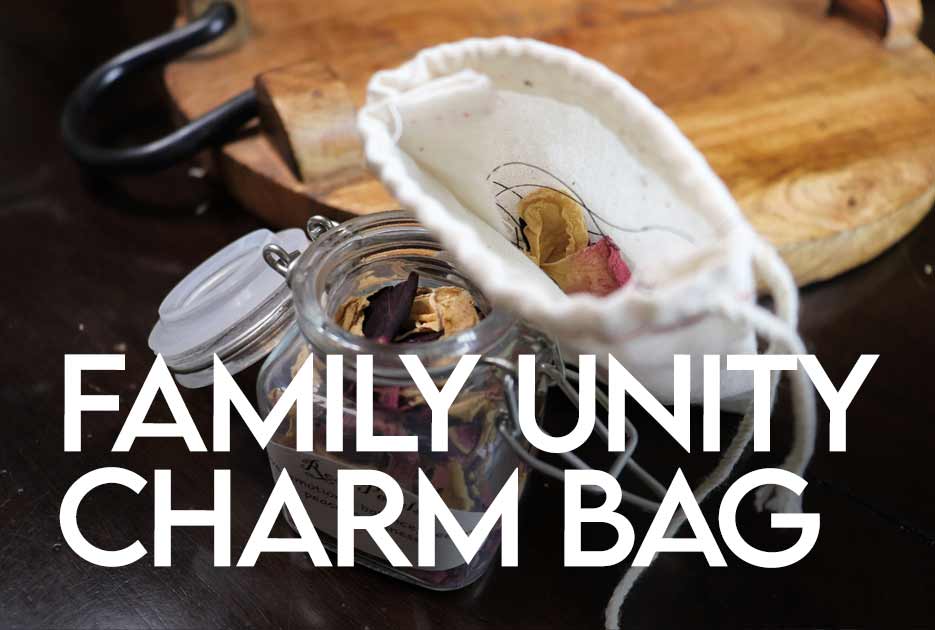
2. Marriage and Family Life
Marriage was an important institution in Viking society, often arranged for economic, political, or social reasons. Polygamy was practiced among the upper classes but was less common among commoners. Divorce was also possible, although it carried social stigma. Families were central to Viking life, providing support, security, and social identity.
3. Children
Children were valued members of Viking families and were expected to contribute to household tasks as soon as they were able. They received informal education within the family, learning practical skills and cultural traditions from their parents and elders.
4. Inheritance
Inheritance customs varied among different Viking communities, but property and wealth were typically passed down through male lines. However, daughters could also inherit property, especially in the absence of male heirs. In some cases, inheritance disputes could lead to conflicts within families.
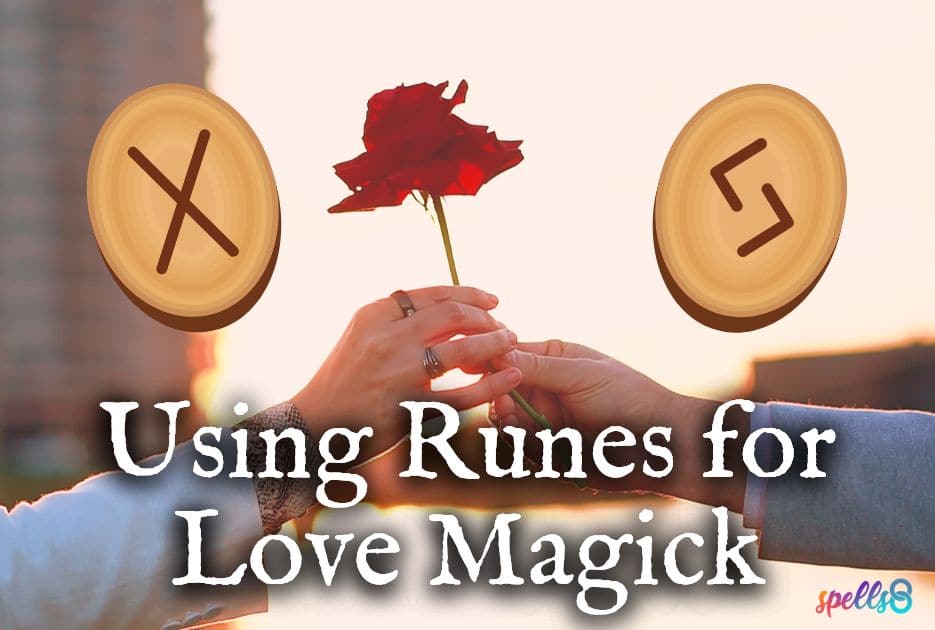
5. Social Structure
Viking society was hierarchical with aristocratic families holding significant power and influence. Jarls (nobles) and landowning chieftains formed the upper class, while freemen and thralls (enslaved people) comprised the lower classes. Family ties were essential for social mobility and political alliances.
6. Religion and Rituals
Family life was intertwined with Norse mythology and religious practices. Rituals and ceremonies, such as weddings, funerals, and feasts, played important roles in maintaining family bonds and honoring ancestors.
Overall, Viking families were tightly knit units that played a central role in everyday life, providing social, economic, and emotional support within Norse society.
Using Viking Runes for Family
Viking runes can be a deeply meaningful and ancient way to pay tribute to your family. As it is an intensely personal endeavor, here are some ideas on how to do it:
1. Select Meaningful Runes
Choose runes that hold significance for your family. Consider their meanings and how they resonate with your family’s values, history, or aspirations. You can select individual runes or create a combination that represents different aspects of your family.
2. Create an Inscription
Decide how you want to inscribe the chosen runes. You can engrave them on a piece of jewelry, carve them onto a wooden plaque, or even paint them on a canvas. Think about where you want to display the inscription and choose materials accordingly.
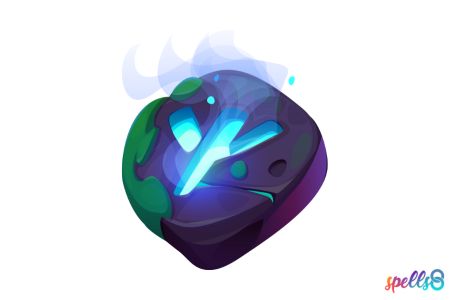
3. Craft a Message
Craft a message or phrase using the selected runes. This could be a simple expression of love and appreciation for your family, a motto that encapsulates your family’s ethos, or a tribute to your ancestors. Consider the length of the message and how it fits with the chosen medium.
4. Consult Resources
If you need to become more familiar with the runic alphabet or its meanings, consult resources such as books, websites, or Norse culture and language experts. Ensure accuracy in selecting and interpreting the runes to convey the intended message. Research runes for family tattoo ideas for more inspiration.
5. Execute the Tribute
Once you have finalized the inscription, execute it with care and attention to detail. If you’re engraving or carving, take your time to ensure precision. If you’re painting, use steady strokes and let each layer dry before adding more.
6. Display or Wear the Tribute
Display the finished tribute in a prominent place where your family can appreciate it, such as a mantelpiece, family altar, or hallway. If it’s wearable, like jewelry, wear it proudly to symbolize your family’s bond and heritage. You can also create a highly individual tattoo to wear with pride.
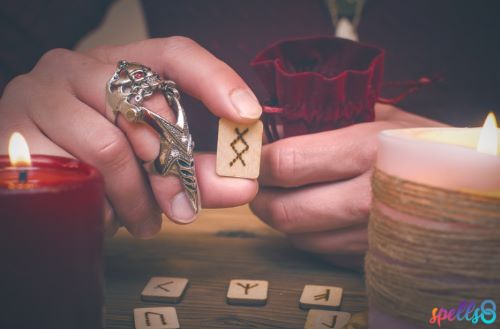
7. Share the Meaning
Take the opportunity to share the meaning behind the tribute with your family members. Explain why you chose the specific runes and what they represent. Encourage dialogue and reflection on your family’s values and connections.
8. Rune Selection Hint
Runic symbols have deep roots in Norse and Germanic cultures where they were used for communication, magic, and religious purposes. However, in recent years, certain extremist groups have misappropriated some runes which have now become symbols of racism, hate, and white supremacist ideology. This misappropriation not only misrepresents the true meanings of these symbols but also perpetuates harmful stereotypes and promotes division within communities.
The advice is to avoid the winged Othala and anything with a double S. Remember that context is always crucial to interpreting these symbols. You can use the Younger Futhark to find the symbols for your tribute.
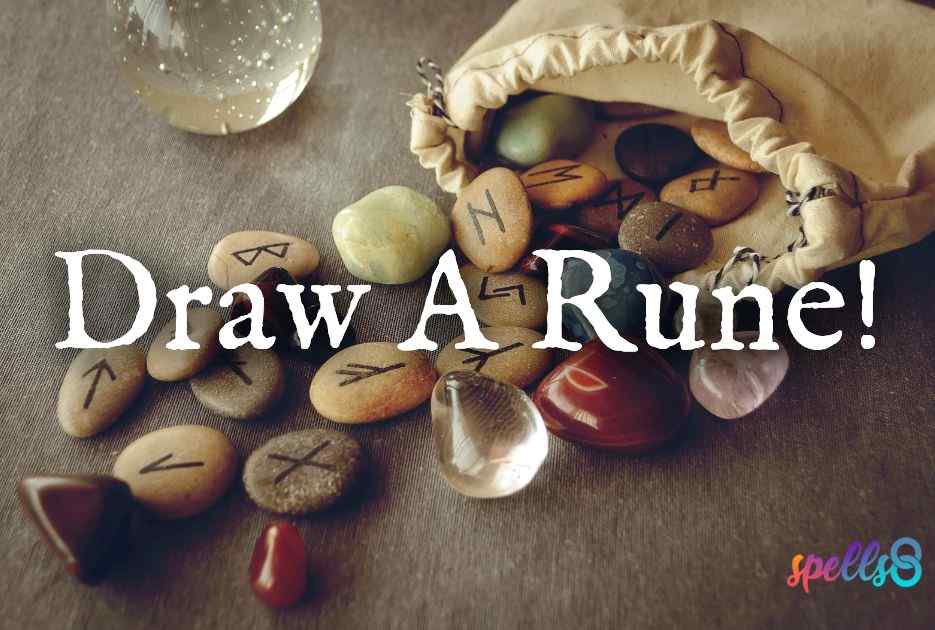
While embracing these symbols, it’s imperative to safeguard against their misappropriation by promoting understanding and inclusivity. By reclaiming the authentic cultural heritage of runic symbols and fostering dialogue within our communities, we preserve their integrity and ensure they continue serving as beacons of familial unity and reverence.
Conclusion
By using Viking runes to pay tribute to your family, you honor your ancestors and heritage and strengthen the bonds that tie your family together across generations. It is a profound homage that intertwines ancient wisdom with modern sentiment.
Families can honor their lineage, values, and shared experiences through carefully selected symbols and meaningful inscriptions. Viking runes emerge as enduring threads, weaving the past, present, and future into a timeless tribute.

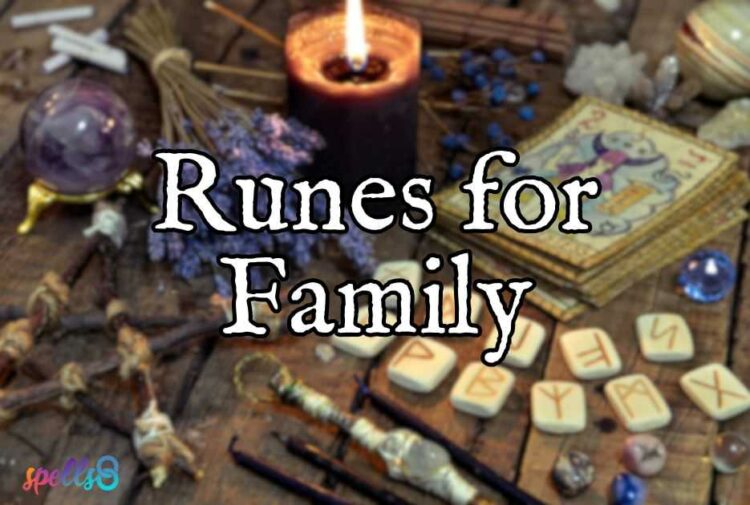
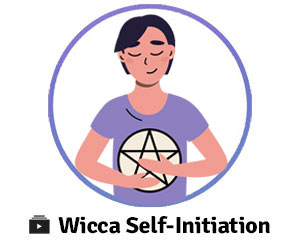
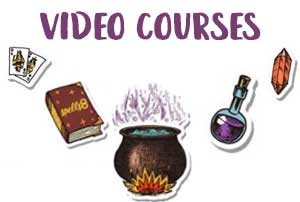
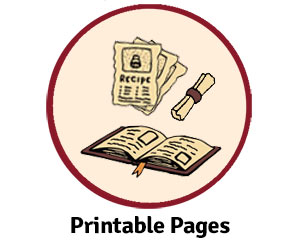
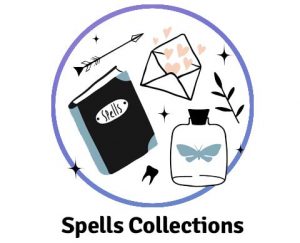
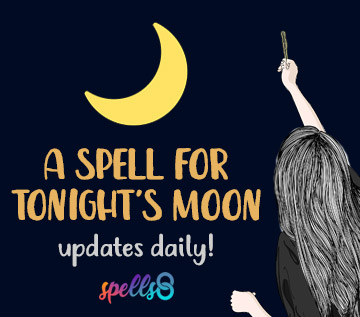
Exactly what I didn’t know what I was looking for. Thank you